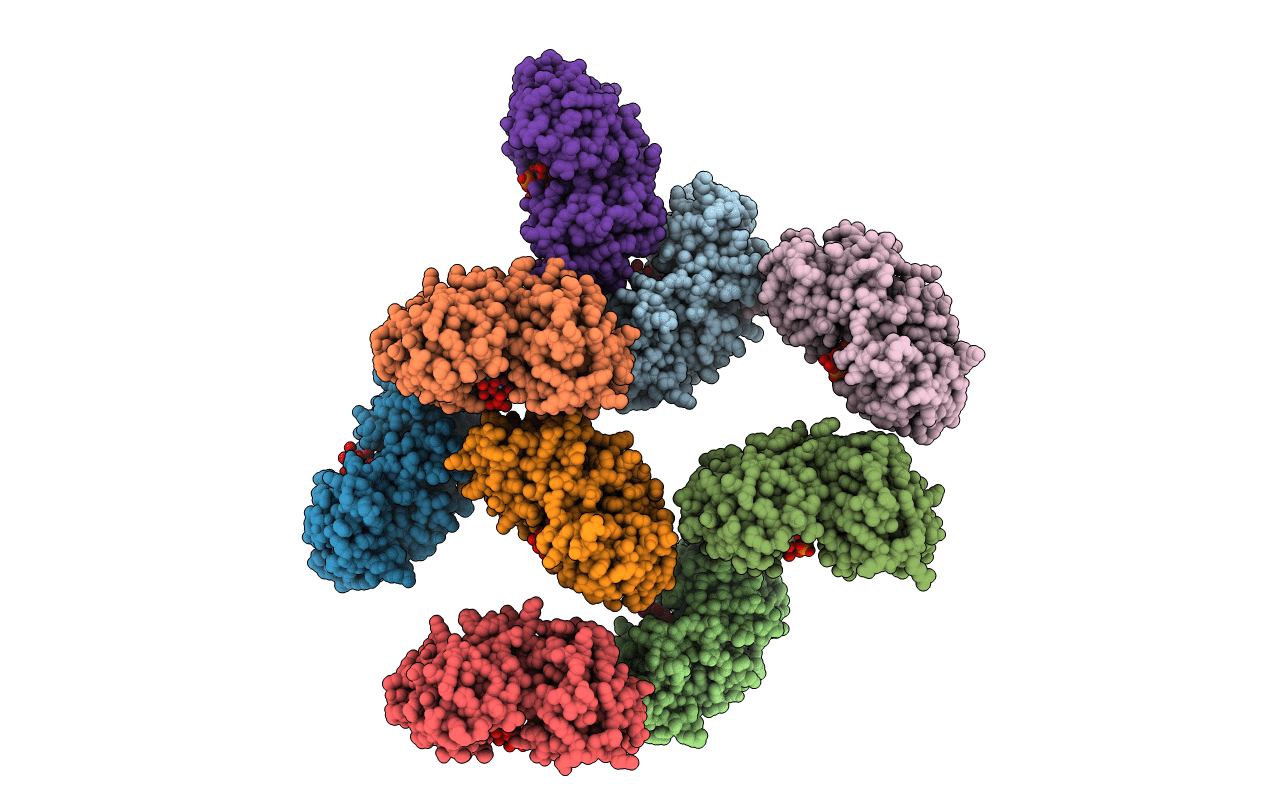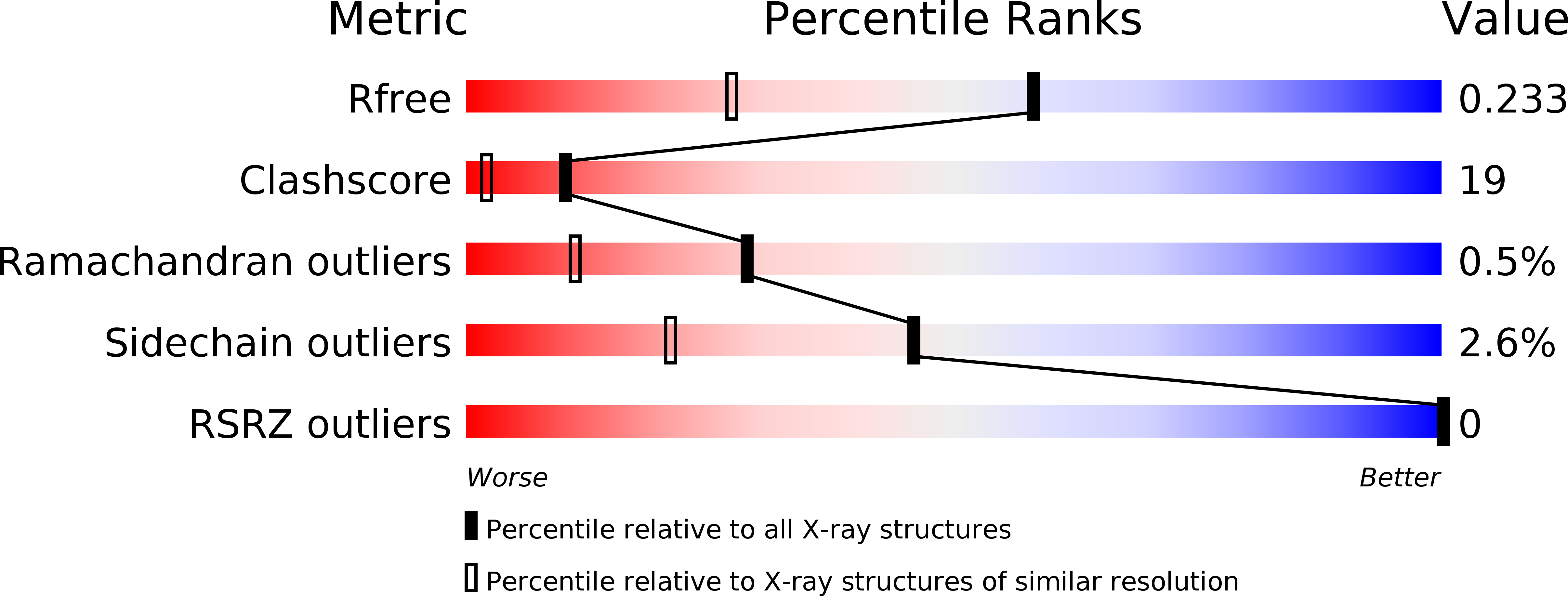
Deposition Date
2002-11-12
Release Date
2003-02-27
Last Version Date
2023-12-13
Entry Detail
PDB ID:
1O7T
Keywords:
Title:
Metal nanoclusters bound to the Ferric Binding Protein from Neisseria gonorrhoeae.
Biological Source:
Source Organism:
NEISSERIA GONORRHOEAE (Taxon ID: 485)
Host Organism:
Method Details:
Experimental Method:
Resolution:
1.65 Å
R-Value Free:
0.26
R-Value Work:
0.16
R-Value Observed:
0.16
Space Group:
P 32


